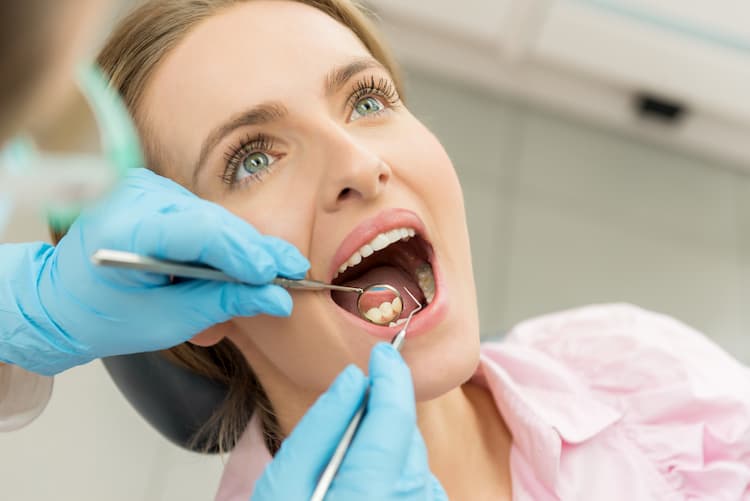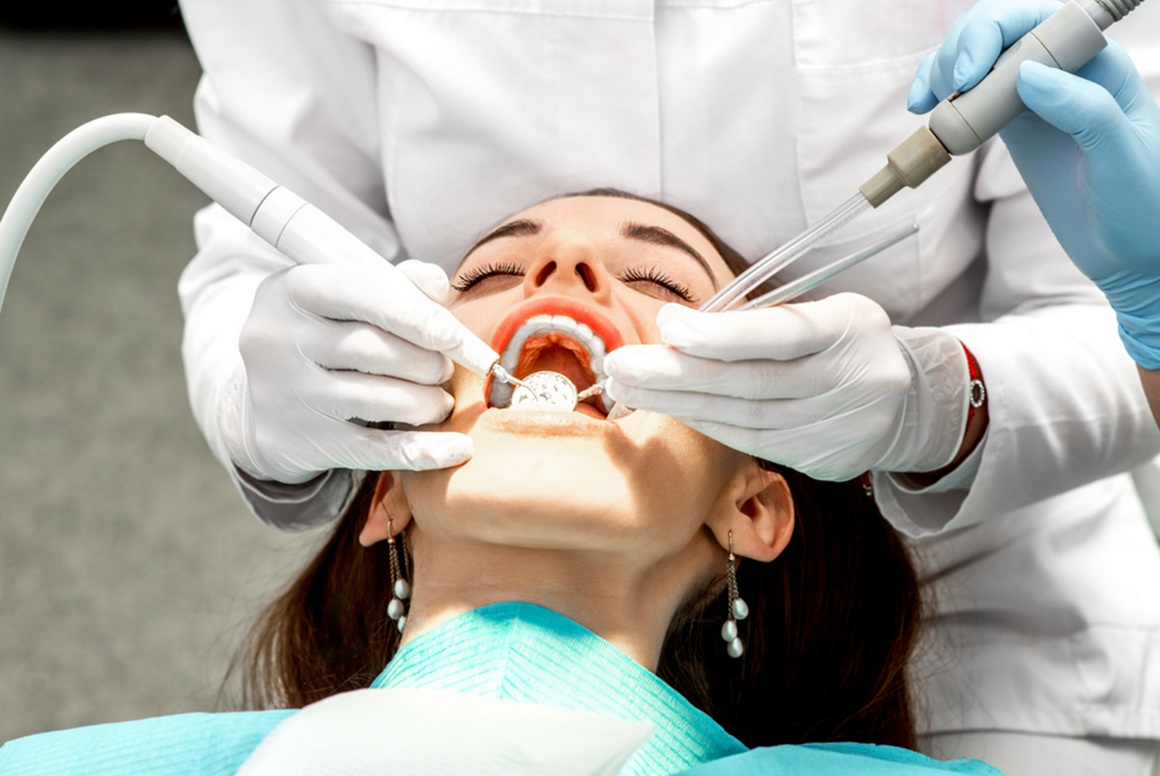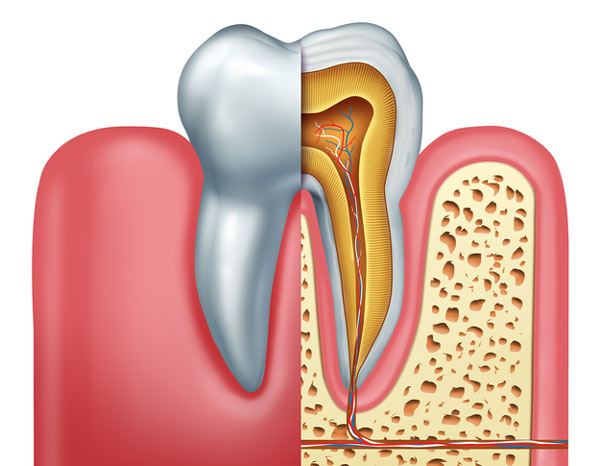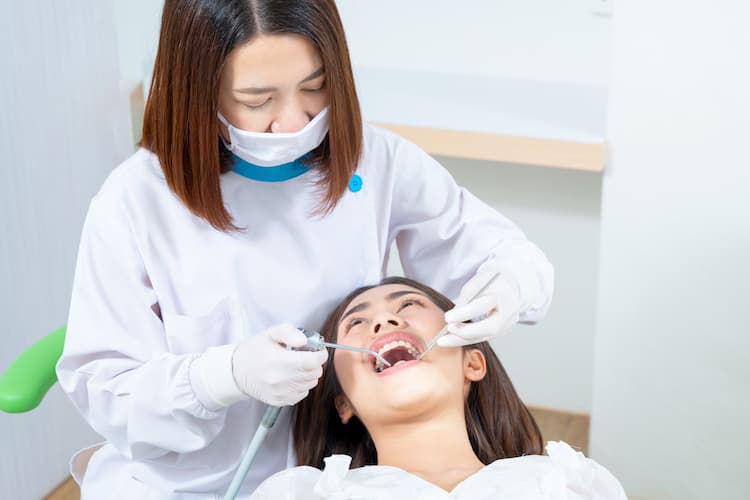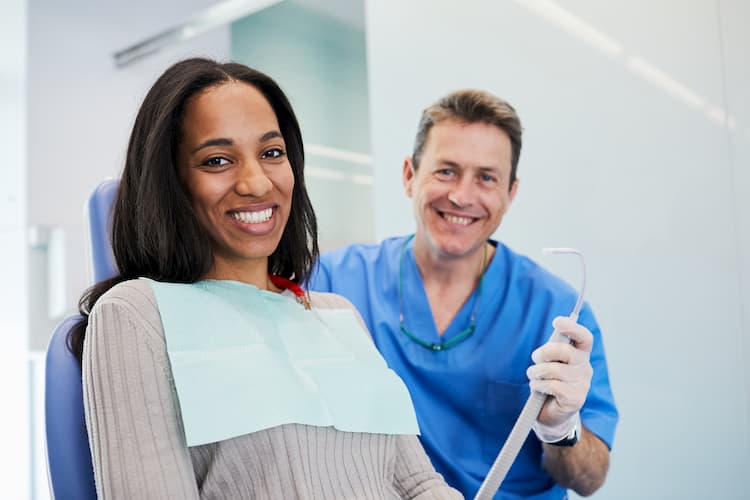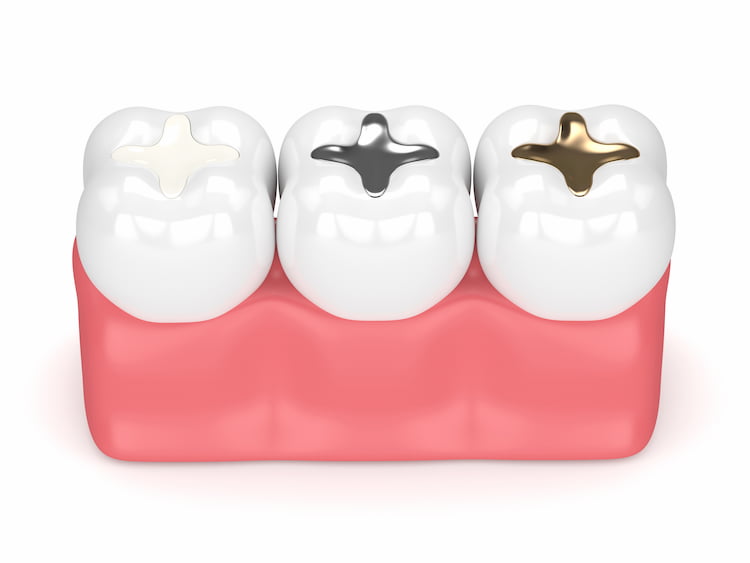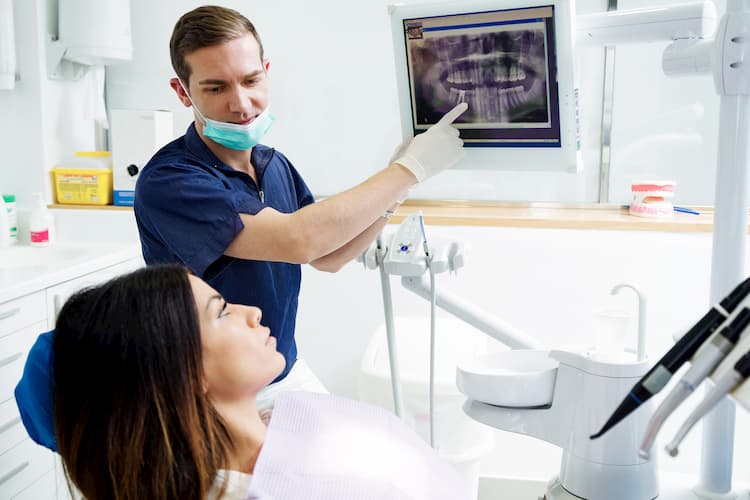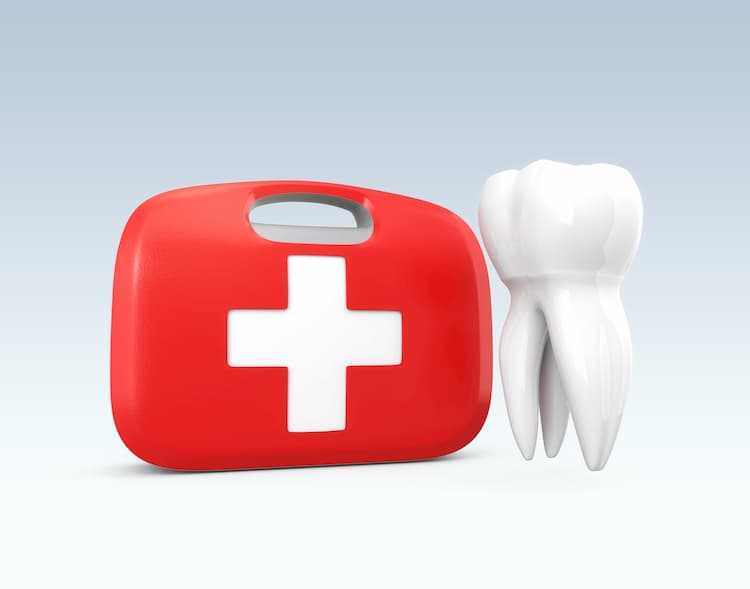
You don’t have to cope with the pain of a dental emergency alone! Besides, you shouldn’t ignore dental injuries. These conditions can escalate quickly.
- Toothaches or Abscess
- Chipped or broken teeth
- Knocked-out teeth
- Extruded (partially dislodged) teeth
- Lost filling or Crown
- Injury to the gums, tongue, cheeks

